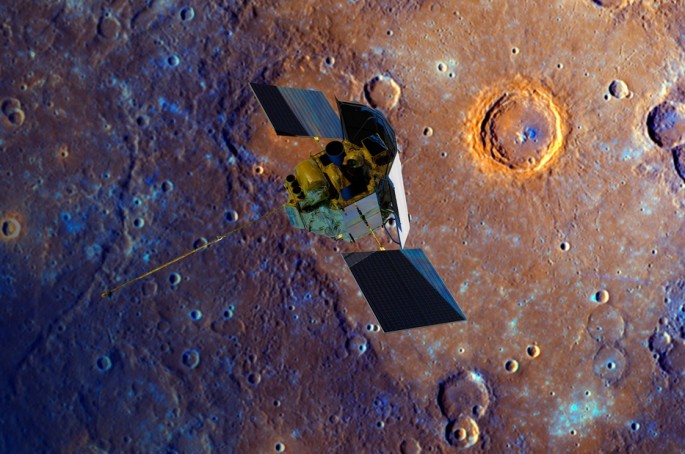New data from NASA's Messenger mission proved that an ancient magnetic field on Mercury is four billion years old, making it the oldest confirmed magnetic field of any terrestrial world in the inner solar system.
Published in the journal Science, the study was led by Dr. Catherine Johnson of the University of British Columbia in Vancouver.
"We've measured some very weak fields in rocks that were magnetized in a very ancient field on Mercury," said Johnson, as ABC Science quoted him saying.
Johnson said the findings indicate that Mercury had a magnetic field not only today but also approximately four billion years go.
Carried out by NASA's Messenger, the data used in the study are from a series of low altitude orbital passes at heights frequently less than 50 km above the crater-strewn surface of Mercury.
The study pointed out that a key constraint for understanding the evolution of a planet is the history of its magnetic field, which can be recorded by magnetized rocks.
The researchers have detected remanent magnetization in the crust of Mercury from orbital vector magnetic field measurements of the planet taken by NASA's Messenger spacecraft at altitudes less than 150 km.
With the global magnetic field of Mercury, scientists were able to prove that the 2,440 km wide planet still holds a partly molten iron core that serves as a geodynamo to create the magnetic field.
Concluding a lower bound on the average age of magnetization of 3.7 to 3.9 billion years, the researchers found out that in the history of Mercury operated a global magnetic field, which was pushed by dynamo processes in the fluid outer core.
It was in the mid-1970s when a global magnetic field was first detected around Mercury by NASA's Mariner 10 spacecraft during its flybys of the planet.
In 2011, NASA's Messenger spacecraft became the first probe to orbit Mercury. In April, the mission of the spacecraft was completed.



























